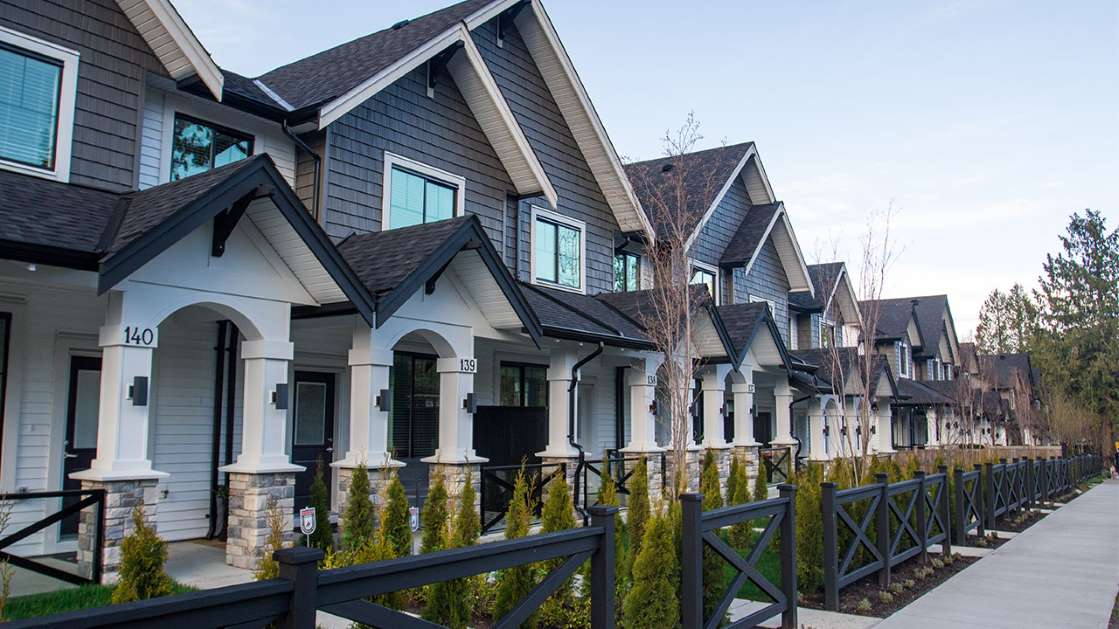The closing costs associated with a mortgage refinance can typically be 2 percent to 5 percent of your loan amount. However, it’s possible to wrap these expenses into your new loan with a no-closing-cost refinance.
What is a no-closing-cost refinance?
In a typical refinance, a borrower brings a check to the closing table to cover costs such as the appraisal fee, title search, title insurance and application fee.
With the no-closing-cost option, you don’t pay for these items upfront. Instead, you either borrow the closing costs by financing them into the loan, or pay a higher interest rate.
No-closing-cost refi pros and cons
What are closing costs and what is included?
Closing costs are all of the expenses associated with making a mortgage, and generally range from 2 percent to 5 percent of the loan principal.
Closing costs vary from state to state, however. The average closing costs (including taxes) in New York in 2019 were $12,847, according to real estate data firm ClosingCorp. In the same year in Indiana, they were $1,909. The nationwide average was $5,749.
In addition to an application fee, which some lenders levy and others don’t, common closing costs include:
Appraisal fee
The appraisal fee is charged when a professional appraiser inspects the home to determine its value before the lender extends a mortgage offer. It can range from $300 to $450 or more.
Credit check
Lenders often charge a fee to pull your credit report in order to determine whether you’re a qualified borrower. This can cost $25 or more per borrower.
Origination fee
Some lenders charge a fee to initiate the loan, which typically costs around 1 percent of the amount being borrowed.
Title search
Unless you’re buying a new home, a lender will look up the property record for the title of the home to ensure there are no issues with property ownership or liens. This can cost around $450.
Come Dec. 1, 2020, there’ll be an additional 0.5 percent fee that’ll kick in on most refinances higher than $125,000. For a $300,000 refinance, that equates to $1,500.
When a no-closing-cost refinance may work for you
Taking your current situation and long-term plans into account is crucial when refinancing, particularly when contemplating a no-cost refinance.
For instance, if you plan to stay in your home for five years or less, a no-closing-cost mortgage might be a good option. It can take more than five years to recover closing costs with a traditional mortgage, so paying a higher interest rate over a few years, say, but saving those costs now could end up being cheaper for you.
On the other hand, a no-closing-cost mortgage means paying a higher interest rate for the life of the loan, or interest on a larger loan amount. If you plan to stay in your home for an extended period, that could cost you far more out of pocket over the long run.
“The additional interest on the loan will add up over time,” explains Greg McBride, CFA, chief financial analyst at Bankrate. “And the longer you have that loan, the higher that cost will go. If you have that loan for decades to come, you may end up paying those closing costs a couple of times over.”
If you want your lender to roll the closing costs into the refinanced amount, you need to make sure that your total payments (principal and interest) are less than what they would have been had you paid the closing costs upfront. That’s not always the case.
Rolling your closing costs into your new mortgage may also affect your loan-to-value (LTV) ratio, McBride cautions. This could reduce your home equity to the point where you are now required to pay private mortgage insurance (PMI), which adds to your monthly payment.
Bankrate’s mortgage refinance calculator can help you determine the actual savings and costs of refinancing your current mortgage. You can also check actual refinance rates in your area.
Other ways to cut refinance costs
Another way to reduce refinance costs is to ask your lender whether you qualify for an appraisal waiver, says Jennifer Beeston, senior vice president of mortgage lending at Guaranteed Rate. Some lenders waive the valuation for low-risk transactions or for strong borrowers who have significant equity.
“I have seen homes with as little as 10 percent equity qualify for an appraisal waiver, so it is always a good idea to ask your lender,” says Beeston. “An average appraisal is between $450 to $650 depending on where you live and the type of property, so qualifying and utilizing the waiver can save you a good amount of money.”
Other lenders may be willing to waive the application fee, especially for current customers.
Remember to shop around
Comparison shopping is critical for homeowners hoping to save money on a refinance, says Chris Birk, director of education for Veterans United Home Loans.
“Rates and fees can vary significantly, and some lenders can bury costs in the fine print that wind up swelling your loan balance and reducing the impact of the refinance,” Birk explains. “Understanding all of your mortgage options is also a key part of ensuring you’re getting the best deal possible.”
Look for lenders you trust that are willing to run the numbers to help you find the best fit for your unique situation and goals, says Birk.

